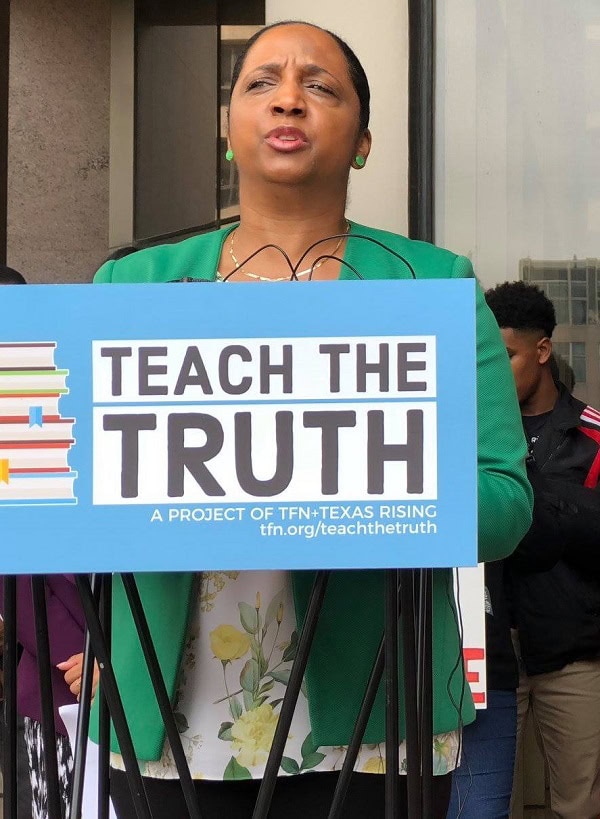When Spanish sea captains returned from their global voyages in the fifteenth and sixteenth centuries, their first requirement was an accounting, not only to the Royal Treasury, but more importantly to the most secret room in Seville. There, the greatest cartographers in the land scrutinized logs and navigational charts, asking questions about winds and fogs, flora and fauna. They diligently recorded new information on a master chart, el Padron Real, the map of the known world.
Sometime between 1500 and 1513, a spit of land appeared north of Cuba. As Alonzo de Piñeda, Juan Ponce de Léon, Panfilo de Narvaéz, and Hernando de Soto pushed back the frontiers, the spit of land became a peninsula, in time revealing that la Florida was no mere island, but an appendage of a great continent. A Janus-faced Florida, with one foot in North America and the other striding toward the Caribbean, became the pathway to the Americas. Few states can match its unique geographical position and cultural mix.
The Florida Endowment for the Humanities has received a $66,000 Exemplary Award from the National Endowment for the Humanities and a matching appropriation from the State of Florida to launch an ambitious study of the state’s Spanish legacy. A three year project, “Spanish Pathways in Florida” (Caminos Españoles en Florida) will both assess the weight of contemporary scholarship and commission new investigations in anticipation of the 1992 Columbian Quincentenary.
“Spanish Pathways” is based on the belief that the significance of 1492 lies not so much in what Columbus found but in the interaction which followed. As William H. McNeill recently wrote, “What Columbus did was to change the world in which he lived and the world in which the American Indians lived by connecting the two in a way that has lasted for half a millennium.” That is the connection “Spanish Pathways” will explicate.
In Florida, the early Spanish voyages set in motion a series of events, aptly called by Alfred Crosby the “Columbian Exchange.” Over a period of centuries, Florida was the staging ground for cultural and biological interplay among Timucua, Apalachee, Tequesta, Calusa, Spaniard, Minorcan, French, Greek, Italian, and English. Invaders ultimately became settlers and advocates, just as later immigrants have become partisan citizens.
“Spanish Pathways” is designed to encourage interest in Florida history. Perhaps many have neglected Florida’s heritage because of the state’s future-oriented “megatrend” status. Or perhaps because the many new residents (forty-two new residents each hour) still call somewhere else home. For whatever reason, a vacuum exists where history should be in the hearts of many Floridians. “Spanish Pathways” will introduce Floridians to the state’s vibrant and enduring Hispanic legacy. It will bring together some of the nation’s leading scholars to put into perspective the breadth and detail of Spanish life in Florida.
On November 13 and 14, two hundred journalists and museum professionals will gather in Tampa to learn more about current scholarship. Nationally-recognized scholars, such as Michael Gannon, Institute for Early Contact Period Studies, Jane Landers, University of Florida (new director of the History Teaching Alliance), Jerald Milanich, Charlotte Porter, and Kathleen Deagan, Florida Museum of Natural History, Henry Dobyns, Newberry Library, Raymond Mohl, Florida Atlantic University, and Susana Torre, Columbia University will present their findings on topics such as Florida’s archaeological record, Hispanic influences on U.S. architecture, José Martí and Cuban politics, and native American culture at the time of Columbus.
A resource guide to Florida’s scholars, archives, sites, and organizations related to the Columbian Quincentenary is being prepared by historian Gary Mormino, University of South Florida in conjunction with the conference. From the town square of Pensacola to Calle Ocho in Miami to the de Soto winter camp outside Tallahassee, the guide will direct journalists, researchers, and others to statewide resources. It will be available without cost to all who are interested.
Conference presentations and discussions will be collected in a bilingual book made available in 1989 to the public. Biographical subjects will include Pedro Menéndez de Avilés, Hernando de Soto, Maurice Ferré, Xavier Suarez, Angela Moreno Mallory, José Martí, and Mario Sánchez. Among the contributors will be Eugene Lyon, Center for Historic Research, St. Augustine Foundation, Nancy Hewitt and Louis Perez, University of South Florida, and Diane Lewis, Museum of Florida History.
Based on the scholarship of these Floridians, a bilingual traveling exhibit, exploring the contributions of Hispanic Americans, will tour libraries, schools, museums, historical societies, and airports. A semi-permanent version of the exhibit will be installed in the visitor centers on Interstates 75 and 95 (estimated audience 20 million) and the Everglades National Park. For more information, please contact the Florida Endowment for the Humanities, 3102 North Habana Ave., Suite 300, Tampa, FL 33607; 813/272-3473.
Ann L. Henderson is currently the executive director of the Florida Endowment for the Humanities (FEH). She holds her Ph.D. in American Studies from George Washington University and prior to joining the FEH staff was a Fulbright scholar and a foreign service officer in Peru and Honduras.


